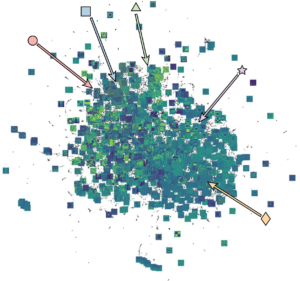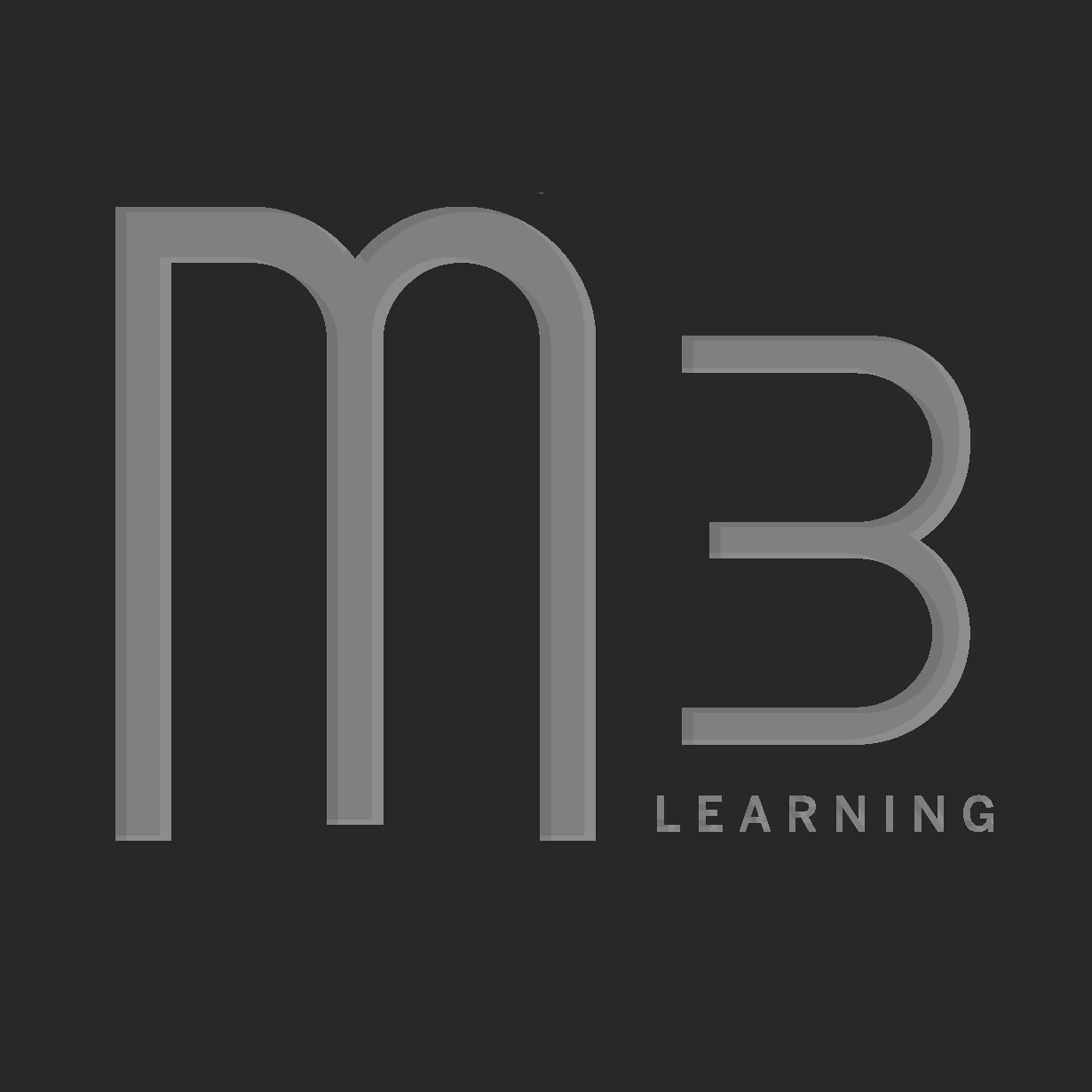Code Base

Symmetry-aware recursive image similarity exploration for materials microscopy
In pursuit of scientific discovery, vast collections of unstructured structural and functional images are acquired; however, only an infinitesimally small fraction of this data is rigorously analyzed, with an even smaller fraction ever being published. One method to accelerate scientific discovery is to extract more insight from costly scientific experiments already conducted. Unfortunately, data from scientific experiments tend only to be accessible by the originator who knows the experiments and directives. Moreover, there are no robust methods to search unstructured databases of images to deduce correlations and insight. Here, we develop a machine learning approach to create image similarity projections to search unstructured image databases. To improve these projections, we develop and train a model to include symmetry-aware features. As an exemplar, we use a set of 25,133 piezoresponse force microscopy images collected on diverse materials systems over five years. We demonstrate how this tool can be used for interactive recursive image searching and exploration, highlighting structural similarities at various length scales. This tool justifies continued investment in federated scientific databases with standardized metadata schemas where the combination of filtering and recursive interactive searching can uncover synthesis-structure-property relations. We provide a customizable open-source package (https://github.com/m3-learning/Recursive_Symmetry_Aware_Materials_Microstructure_Explorer) of this interactive tool for researchers to use with their data.
Application of a long short-term memory for deconvoluting conductance contributions at charged ferroelectric domain walls
Ferroelectric domain walls are promising quasi-2D structures that can be leveraged for miniaturization of electronics components and new mechanisms to control electronic signals at the nanoscale. Despite the significant progress in experiment and theory, however, most investigations on ferroelectric domain walls are still on a fundamental level, and reliable characterization of emergent transport phenomena remains a challenging task. Here, we apply a neural-network-based approach to regularize local I(V)-spectroscopy measurements and improve the information extraction, using data recorded at charged domain walls in hexagonal (Er0.99,Zr0.01)MnO3 as an instructive example. Using a sparse long short-term memory autoencoder, we disentangle competing conductivity signals both spatially and as a function of voltage, facilitating a less biased, unconstrained and more accurate analysis compared to a standard evaluation of conductance maps. The neural-network-based analysis allows us to isolate extrinsic signals that relate to the tip-sample contact and separating them from the intrinsic transport behavior associated with the ferroelectric domain walls in (Er0.99,Zr0.01)MnO3. Our work expands machine-learning-assisted scanning probe microscopy studies into the realm of local conductance measurements, improving the extraction of physical conduction mechanisms and separation of interfering current signals.
Machine Detection of Enhanced Electromechanical Energy Conversion in PbZr0.2Ti0.8O3 Thin Films
Many energy conversion, sensing, and microelectronic applications based on ferroic materials are determined by the domain structure evolution under applied stimuli. New hyperspectral, multidimensional spectroscopic techniques now probe dynamic responses at relevant length and time scales to provide an understanding of how these nanoscale domain structures impact macroscopic properties. Such approaches, however, remain limited in use because of the difficulties that exist in extracting and visualizing scientific insights from these complex datasets. Using multidimensional band‐excitation scanning probe spectroscopy and adapting tools from both computer vision and machine learning, an automated workflow is developed to featurize, detect, and classify signatures of ferroelectric/ferroelastic switching processes in complex ferroelectric domain structures. This approach enables the identification and nanoscale visualization of varied modes of response and a pathway to statistically meaningful quantification of the differences between those modes. Among other things, the importance of domain geometry is spatially visualized for enhancing nanoscale electromechanical energy conversion.
